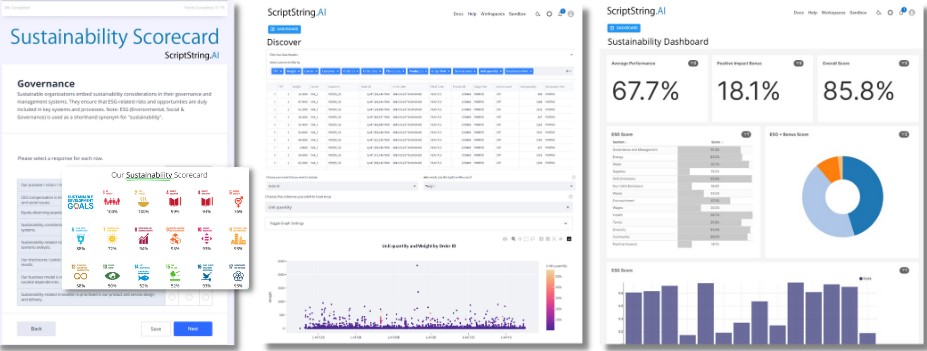Sustainability is a hot topic in many industries right now. The most important reason for this is the future of our planet and its people depend on it being a main focus for all companies and industries. Despite increasing investments in energy efficiency, buildings are still one of the highest contributors to our global emissions.
The sector contributed 37% of energy and process-related
CO2 emissions in 2021.
Decarbonizing the building sector by 2050 is critical to the decarbonization pathway and building a sustainable future. The emissions reductions we are currently seeing do not align with this outcome.
Those involved in the building sector need to join together to make this happen.
Environmental Sustainability Regulations
A Deloitte survey of global real estate leaders found that climate-regulated regulatory action is one of the issues that will have the most impact on revenues in 2023.
Worried about new regulations that may pertain to your business? Many are. That is why we have gathered some current regulations so you can prepare for similar ones in your region, take a look below.
New York City – Local Law 97
Local Law 97, which came into effect in 2019, sets limits on greenhouse gas emissions for certain buildings in the city, starting in 2024. Annual reports must be filed detailing greenhouse gas emissions for the buildings covered by the law. Learn more about the law, non-compliance, and non-reporting penalties here.
Toronto – Toronto Green Standard
The latest version of the Toronto Green Standard (TGS) includes lowering limits on new buildings’ GHG emissions and ensuring new City buildings are net-zero. New versions are set to come into effect in 2025 and 2028, aiming to reduce emissions further. For more information on the TGS, click here.
The Federal Government of Canada
The federal government of Canada has introduced a new Standard on Embodied Carbon in Construction. This will ensure all new major government construction projects are reporting and reducing their embodied carbon footprint, beginning with using lower carbon concrete when available.
Environmental Sustainability Incentives
While regulations are becoming more common in the building sector, so are incentives!
Who doesn’t like the idea of perks for greening your industry?
The United States of America
The Inflation Reduction Act (IRA), signed in August 2022, includes tax credits and funding for retrofits, energy efficiency rebates, and deductions for commercial buildings reducing their energy consumption.
On January 1st of this year, the new tax incentives for energy and clean energy investments of 30 – 50% came into effect and will be for the next 10 years.
Canada
The Canada Green Buildings Strategy looks to find ways to enable retrofitting buildings to reduce GHG emissions and increase climate resilience in an affordable way.
This includes incentivizing change – a full list of incentives currently offered can be seen here.
We need change. Keep your eye out for future incentives.
Your Sustainability Performance Matters
From regulations to incentives, you need to know how your business or properties are performing regarding sustainability.
Assess how you are performing today with our free Sustainability Scorecard and benchmark your business against the UN SDGs!

From there, decide what areas you want to work on improving toward the desired outcomes you are setting for yourself, or regulations set for you!
👀 hint: emissions reductions fall under Goal 13: Climate Action

